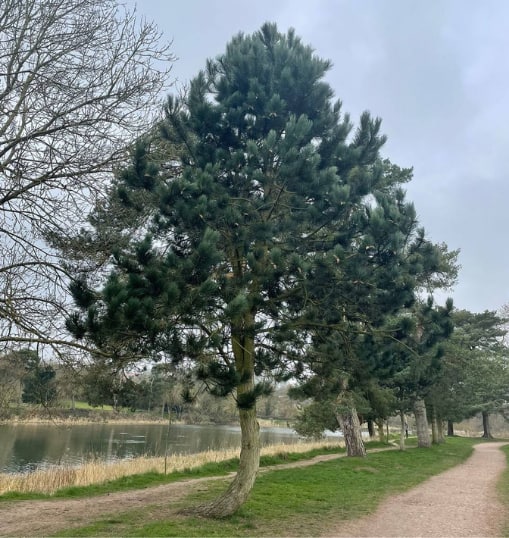
Introduction: In today’s fast-paced world, connecting children with nature is more important than ever. Children’s gardens offer immersive outdoor experiences where kids can explore, play, and learn in natural environments. Trees are central in creating engaging and imaginative play spaces, providing shade, climbing opportunities, and sensory experiences for young adventurers. However, trees in children’s gardens may require reshaping to ensure safety, accessibility, and maximum play value. In this blog post, we’ll explore the importance of tree reshaping for natural play areas in children’s gardens and how Canterbury Tree Surgeons can help create magical outdoor spaces where children can connect with nature and unleash their creativity.
Creating Safe and Accessible Play Spaces:
Safety is paramount in children’s gardens, where young explorers can roam, climb, and imagine to their hearts’ content. Overgrown or poorly maintained trees can pose safety hazards such as falling branches, unstable limbs, and obstructed pathways, putting children at risk of accidents and injuries. Tree reshaping techniques, such as crown thinning, crown lifting, and selective pruning, can help mitigate these risks by improving visibility, opening play spaces, and removing hazardous branches. By creating safe and accessible play spaces, tree reshaping enables children to explore and engage with nature in a secure and welcoming environment.
Fostering Imaginative Play and Exploration:
Trees offer endless opportunities for imaginative play and exploration in children’s gardens. From climbing trees and building forts to creating fairy houses and nature art, trees provide a rich and dynamic backdrop for creative play and outdoor adventures. Tree reshaping can enhance these play opportunities by creating inviting spaces for climbing, hiding, and storytelling. By selectively pruning branches and shaping tree canopies, tree surgeons can transform ordinary trees into magical play structures that inspire wonder, curiosity, and endless outdoor fun.
Promoting Sensory Exploration and Learning:
In addition to fostering imaginative play, trees engage children’s senses and promote sensory exploration in children’s gardens. The rustle of leaves in the wind, the texture of tree bark, the scent of flowers in bloom – these sensory experiences awaken curiosity and stimulate learning in young minds. Tree reshaping can enhance sensory opportunities by creating interactive features such as sensory gardens, musical trees, and tactile pathways. By incorporating sensory elements into tree reshaping designs, garden designers can create multi-sensory experiences that encourage children to engage with nature in meaningful and memorable ways.
Encouraging Environmental Stewardship:
Children’s gardens are vital in instilling a sense of responsibility for the natural world and fostering environmental stewardship in young learners. Trees are powerful symbols of nature’s beauty and resilience, inspiring children to care for and protect the environment. Tree reshaping techniques can help teach children about the importance of tree care, biodiversity, and conservation. By involving children in tree reshaping activities such as pruning, mulching, and tree planting, educators can empower them to become stewards of the environment and advocates for nature conservation.
Conclusion: Tree reshaping is fundamental to creating safe, engaging, and enriching natural play areas in children’s gardens. By partnering with experts for expert tree reshaping services, garden designers and educators can create magical outdoor spaces where children can connect with nature, unleash their creativity, and cultivate a lifelong love of the outdoors. If you’re involved in designing or managing a children’s garden, consider investing in tree reshaping to enhance play value, promote sensory exploration, and foster environmental stewardship in young learners.
Call us on: 01227 203994
Click here to find out more about Canterbury Tree Surgeons
Click here to complete our contact form and see how we can help with your tree’s needs.